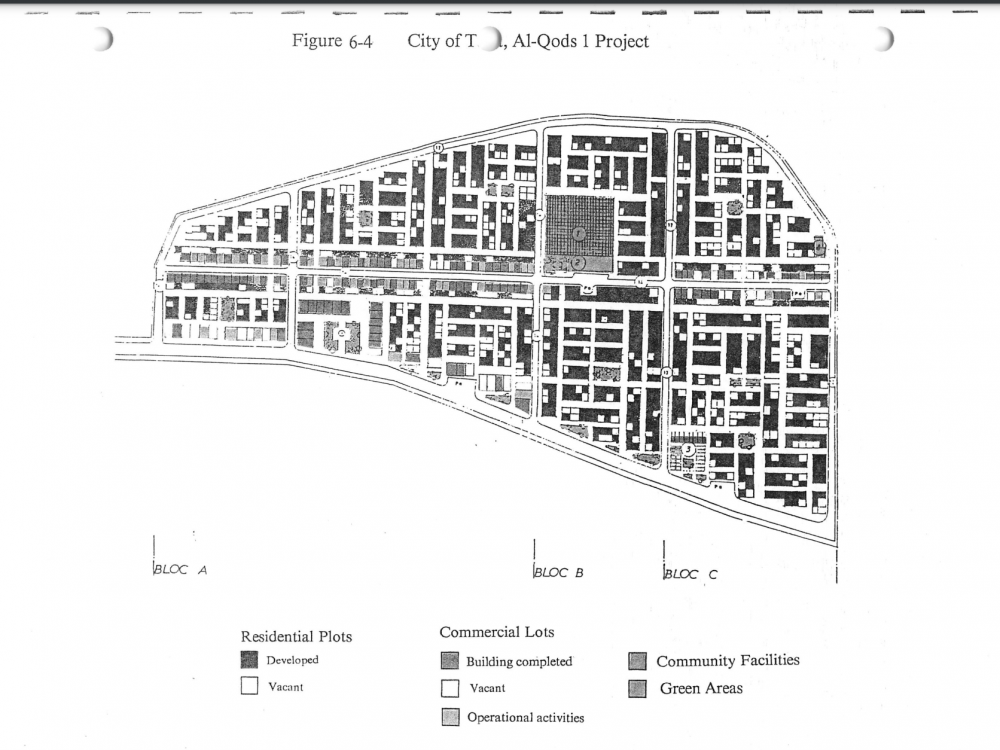Abstract
In 2013, I2UD researchers co-wrote material for the 2013 “World Bank MNA Urban Action Plan,” an urban development policy and strategy plan for the Middle East and North Africa (MNA/MENA) region.
I2UD gave a preliminary presentation in October 2012 at a special meeting of the urban sector team at the World Bank. Team members presented priority issues at the in-person session, and from the field via video conferencing. Inputs and comments were solicited from all MNA colleagues, to enrich urban challenge assessments, and proposals presented in the Urban Action Plan.
Documents include an Executive Summary by Dr. Mona Serageldin, a March 2013 presentation: “The Evolving Regional Urban Agenda: Key Challenges and Opportunities,” and a January 2013 working paper, “From Spring to Renaissance: Repositioning the Arab Cities.” Supporting materials include a Statistical annex, Country spatial profiles, and a Slideshow Compendium. The draft paper and powerpoint slides were forwarded to the whole MNA urban group, for review and commentary.
Excerpt
[Excerpt: October 1st, 2012 MNA Urban Action Plan, Executive Summary by Mona Serageldin.]
“This inception report expands on the four themes presented in the Key Pillars of the MNA urban strategy and identifies the development priorities that must be addressed to implement MNA’s Action Plan. The objective is to raise issues for discussion and solicit inputs and comments from MNA colleagues in order to expand on the assessment of key urban challenges and enrich the proposals to be presented in the action plan. The region is 62% urbanized and has one of the World’s most rapidly expanding populations. By 2030, the region will have experienced a 45% increase of its urban population with over 106 million additional urban inhabitants. Some countries will see their urban populations double between 2030 and 2050: Egypt, Djibouti, Kuwait, Iraq, OPT, Syria and Yemen.”
“A long history of settlement, along the great rivers, smaller watercourses and the main oases, has led to imbalances in the geographical distribution of urban development, income and wealth. These patterns have been reinforced by the focus of colonial governments on the export of commodities and port cities and, in the post-colonial period, by the migration of rural populations caused by the increasing severity of droughts. The development of oil, gas and petrochemical industries has favored the industrial dominance of coastal cities.”
“The region’s urban dynamics and relatively weak institutions, particularly at the local level, have resulted in unplanned and often chaotic urban growth. Few national spatial development strategies have been elaborated and most regional development plans suffer from a lack of coherence among sectoral investments. The sub-national plans that have been prepared are project-driven with a bias towards primary urban centers and locations where real estate development is lucrative. There is an urgent need for the elaboration of national urban development frameworks and the preparation of integrated regional development strategies to guide and structure growth along development corridors and nodes in order to open up opportunities in the hinterland. Coordinated investments in transport and water supply are critical to start alleviating regional disparities.”
See related I2UD projects below
| Project Year: | 2013 |
| Project Type: | Policy Papers; Presentations; Urban Action Plan |
| Geographic Regions: | Middle East / North Africa |
| Reports: | World Bank MNA Urban Action Plan: Executive Summary (Mona Serageldin, October 2012) World Bank MNA Urban Action Plan: Evolving Regional Urban Agenda (Presentation, March 2013) World Bank MNA Urban Action Plan: From Spring to Renaissance: Repositioning the Arab Cities (Paper, January 2013) Supporting Materials: World Bank MNA Urban Action Plan: Statistical Annex World Bank MNA Urban Action Plan: Unbalanced Spatial Analysis Country Profiles World Bank MNA Urban Action Plan: Slideshow Compendium |
| Authors: | Mona Serageldin; Sheelah Gobar; Warren Hagist; Carolina Morgan |
| Sponsors: | World Bank |
| Categories: | Reconciliation and Development |
| ID: | 2013_01_001 |
Related I2UD Projects
Related I2UD Photograph Galleries


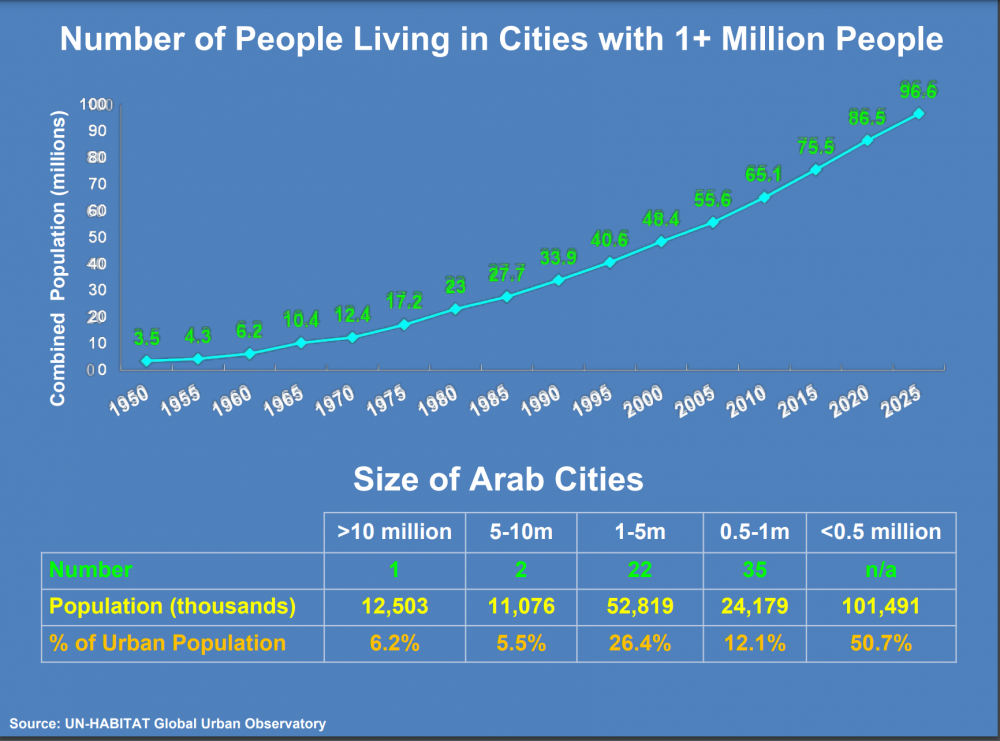
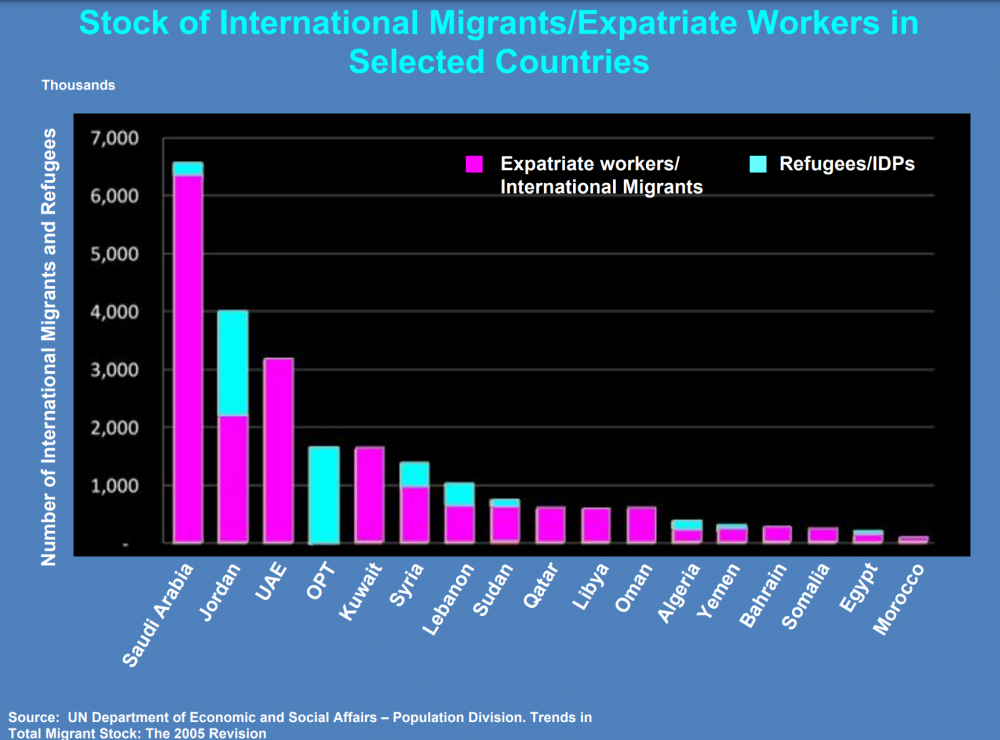
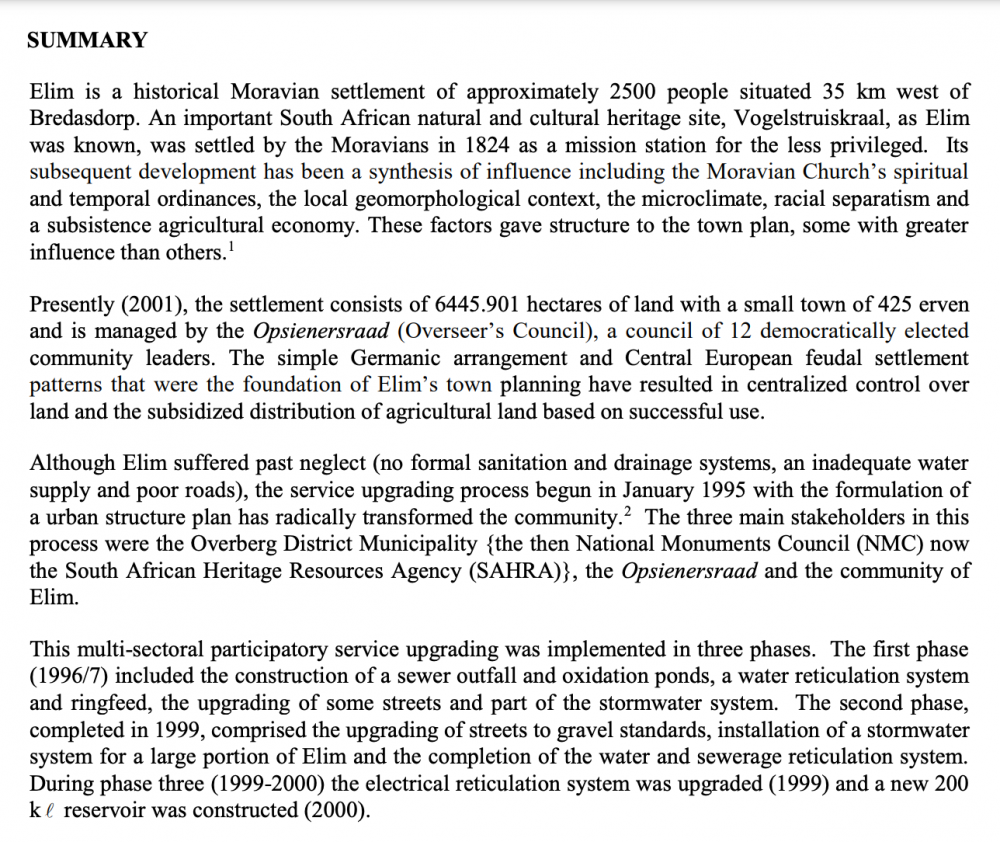
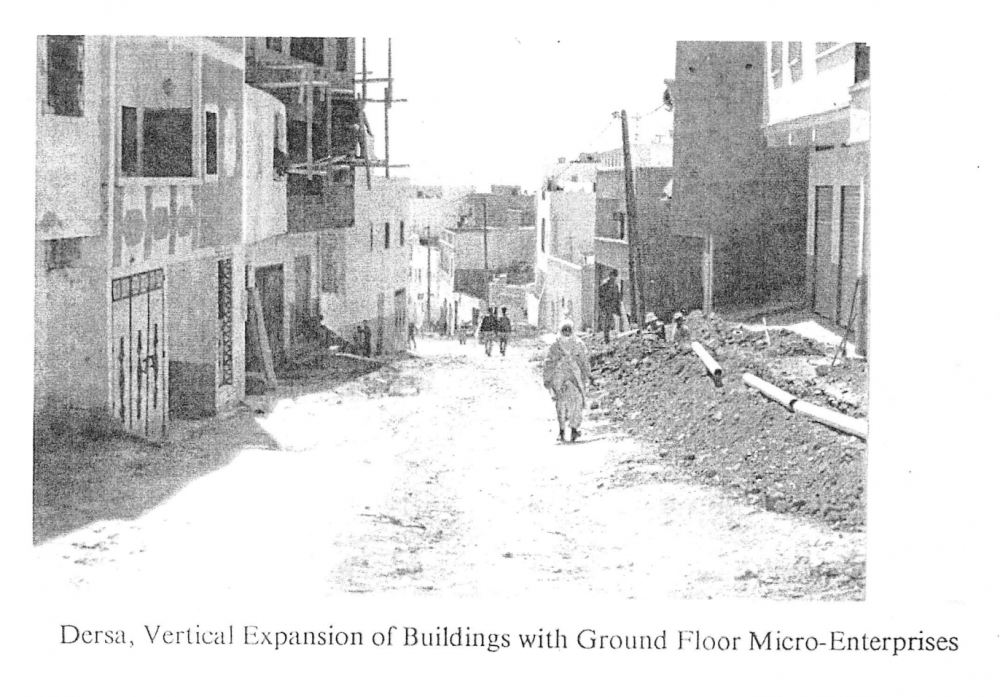
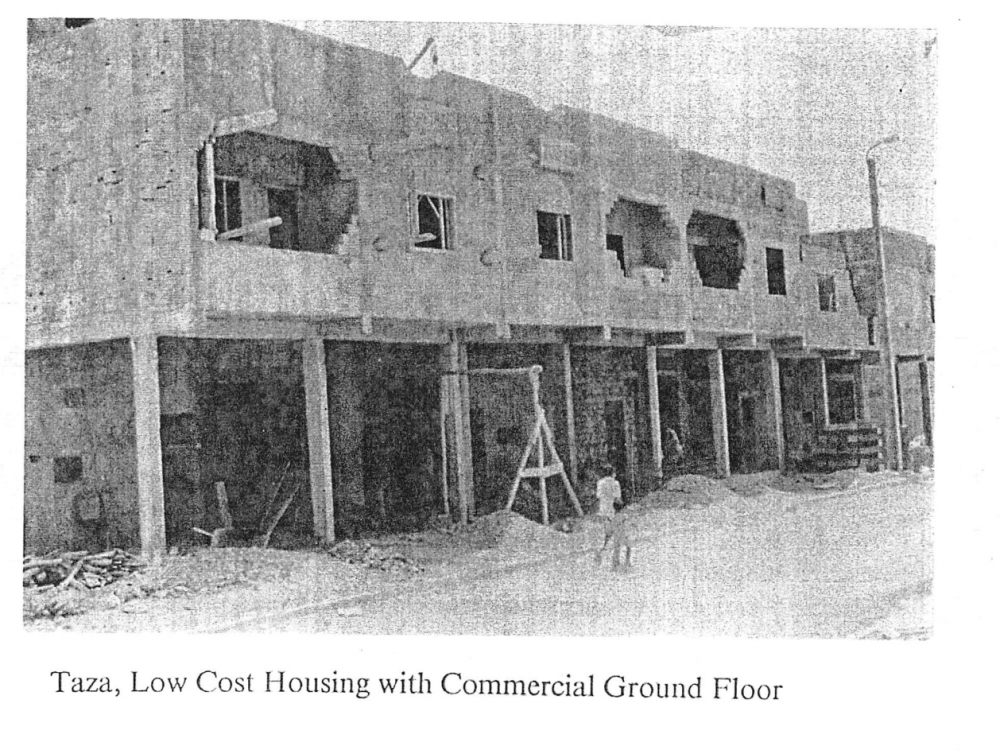 Taza, Low Cost Housing with Commercial Ground Floor
Taza, Low Cost Housing with Commercial Ground Floor